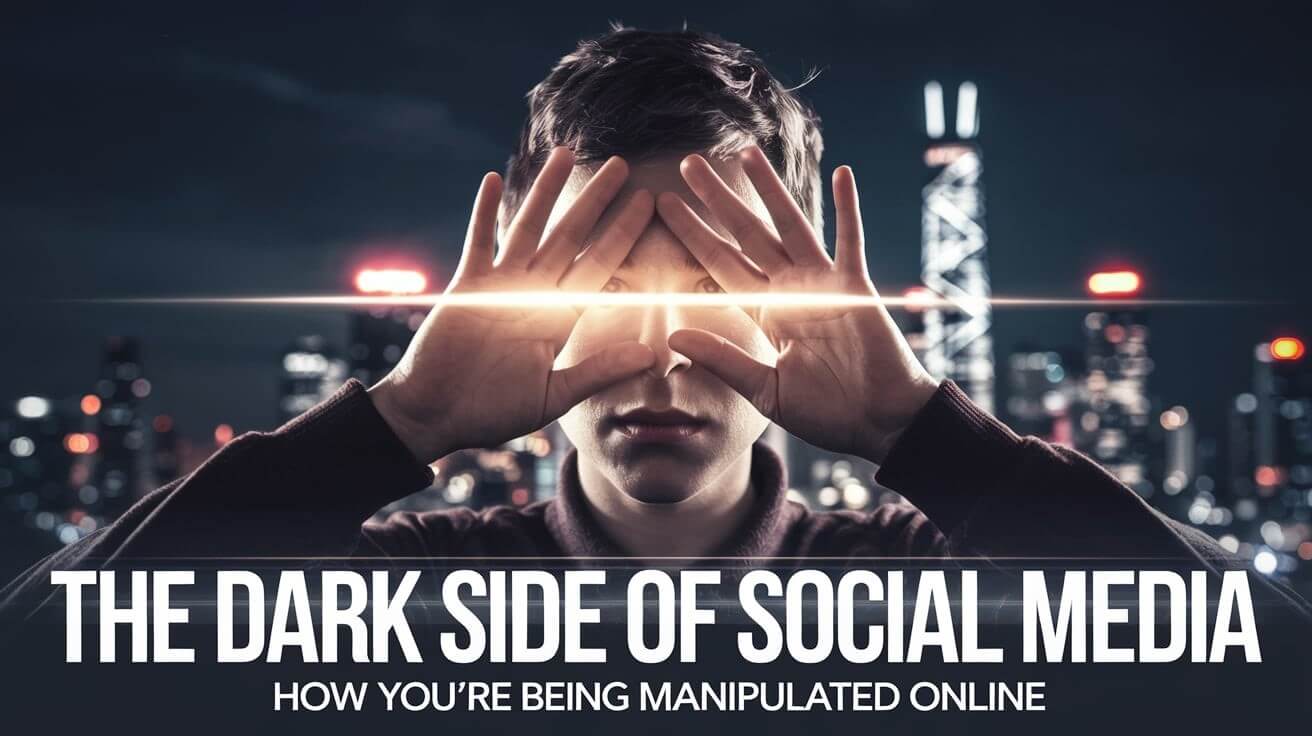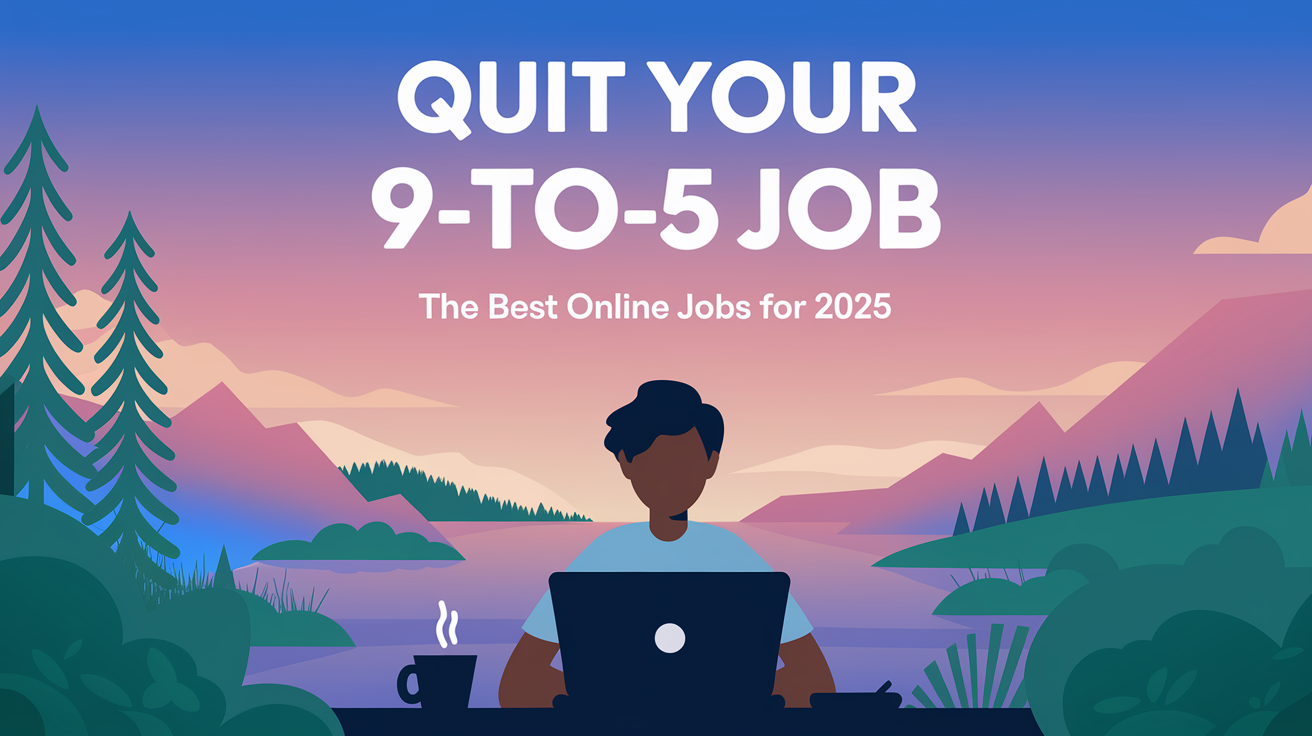The Dark Side of Social Media: How You’re Being Manipulated Online
Introduction: The Hidden Influence of Social Media
Social media has revolutionized how we connect, communicate, and consume information. Every day, billions of people scroll through Social Media – Facebook, Instagram, Tiktok, and Twitter(X), unaware of the hidden forces shaping their online experiences.
While these platforms offer entertainment and connection, they also employ social media manipulation tactics designed to influence your emotions, beliefs, and behaviors. Behind every like, comment, and share, sophisticated social media algorithms work tirelessly to capture your attention, keep you engaged, and subtly guide your decisions.
But how does social media manipulate users? What psychological tricks do these platforms use to keep us hooked? And most importantly, how can we protect ourselves from these hidden influences?
In this investigative deep dive, we’ll uncover the dark side of social media, exposing the strategies platforms use to control what we see, think, and feel.
How Social Media Algorithms Shape Your Reality
1. The Power of Personalized Feeds
When you open a social media app, you’re not seeing a random selection of posts. Instead, you’re presented with a highly curated feed, tailored specifically to your interests, behaviors, and past interactions.
This personalization is powered by social media algorithms that analyze:
- The type of content you engage with
- The amount of time you spend on certain posts
- Your search history and browsing habits
- Your connections and interactions
While this customization enhances user experience, it also creates an echo chamber, where you’re primarily exposed to content that aligns with your existing beliefs. This can distort reality, limiting exposure to diverse perspectives and reinforcing biases.
2. The Role of AI in Content Selection
Artificial intelligence plays a crucial role in social media manipulation. Platforms use AI-driven social media algorithms to prioritize content that maximizes user engagement.
Studies show that emotionally charged content—whether it’s fear-inducing, shocking, or heartwarming—generates more interactions. This is why divisive political debates, sensational news, and conspiracy theories often dominate feeds.
AI doesn’t prioritize truth or accuracy; it prioritizes engagement. And unfortunately, misinformation spreads faster than factual content.
External Resource:
The Psychology of Social Media: Why You Can’t Look Away
1. Dopamine and the Addiction Cycle
Social media is scientifically engineered to be addictive. Every like, comment, and share triggers a dopamine release, a neurotransmitter associated with pleasure and reward.
This creates a behavioral reinforcement loop, where users compulsively check their feeds for validation and instant gratification. The more you use social media, the more your brain craves these micro-rewards, leading to habitual scrolling and digital dependency.
2. Fear of Missing Out (FOMO)
FOMO is another psychological tool used in social media manipulation. Platforms create a sense of urgency by displaying:
- Stories and posts that disappear after 24 hours
- Notifications about what your friends are doing
- Trending topics and viral challenges
This manufactured urgency compels users to stay online longer, fearing they’ll miss something important.
3. Manipulative Notifications and Infinite Scroll
Social media platforms use behavioral design strategies to maximize screen time. Features like:
- Push notifications that trigger emotional responses
- Infinite scrolling, removing natural stopping points
- Auto-play videos, keeping users engaged without effort
These tactics make it difficult for users to disengage, leading to prolonged usage and decreased productivity.
How Social Media Manipulates Users: Real-World Tactics
1. Psychological Warfare in Advertising
Social media platforms collect vast amounts of personal data, which advertisers use to target users with hyper-personalized ads. These ads are carefully designed to play on emotions, insecurities, and desires.
For instance, if you recently searched for fitness tips, your feed might be flooded with:
- Weight-loss supplements promising instant results
- “Before-and-after” transformation photos
- Fear-based marketing about health risks
These ads tap into users’ insecurities and aspirations, subtly influencing purchasing decisions.
2. Political Influence and Misinformation
Social media isn’t just a place for entertainment—it’s a battleground for political influence and ideological manipulation. Governments, organizations, and interest groups exploit social media algorithms to:
- Spread propaganda and fake news
- Amplify divisive narratives
- Influence election outcomes
A study by MIT found that false news spreads six times faster than true news on Twitter. The reason? Sensationalized content generates more engagement, and social media algorithms prioritize engagement over factual accuracy.
3. Shadow Banning and Content Censorship
Platforms can silence certain voices without users even realizing it. This is known as shadow banning, where a user’s content is suppressed in reach and visibility without formal notification.
Shadow banning is often used to control narratives, making some topics nearly invisible while amplifying others. This raises concerns about freedom of speech, bias, and hidden censorship.
External Resource:
Protecting Yourself from Social Media Manipulation
1. Be Aware of the Algorithms
Understanding how social media algorithms work is the first step in resisting manipulation. Recognize that your feed is not neutral—it’s curated to maximize engagement, not provide balanced information.
2. Diversify Your Information Sources
Avoid relying solely on social media for news. Instead:
- Follow reputable news websites
- Read from multiple sources with different viewpoints
- Fact-check information before believing or sharing it
3. Limit Social Media Usage
Reducing screen time helps break the addiction cycle. Strategies include:
- Setting daily limits on app usage
- Turning off unnecessary notifications
- Scheduling social media-free hours to regain focus
4. Adjust Privacy Settings
To minimize data tracking and targeted ads:
- Disable personalized ads in settings
- Regularly clear your search and browsing history
- Use privacy-focused browsers and VPNs
5. Use Tools to Detect Manipulation
Several tools can help identify biased content and misinformation, including:
- Snopes (www.snopes.com) for fact-checking
- FactCheck.org for political fact-checking
- Media Bias/Fact Check for evaluating news sources
Conclusion: Take Control of Your Digital Experience
The dark side of social media is more pervasive than most people realize. From social media algorithms shaping your beliefs to the psychology of social media keeping you addicted, the digital world is full of hidden manipulations.
However, by understanding how social media manipulates users, you can regain control over your online experience. Stay informed, question what you see, and take proactive steps to protect yourself from social media manipulation.
What’s Next?
Take action today—review your social media habits, fact-check your news sources, and encourage others to be mindful of online influence. The more aware we are, the harder it becomes for platforms to manipulate us.
👉 Are you ready to take back control? Share your thoughts in the comments below!


